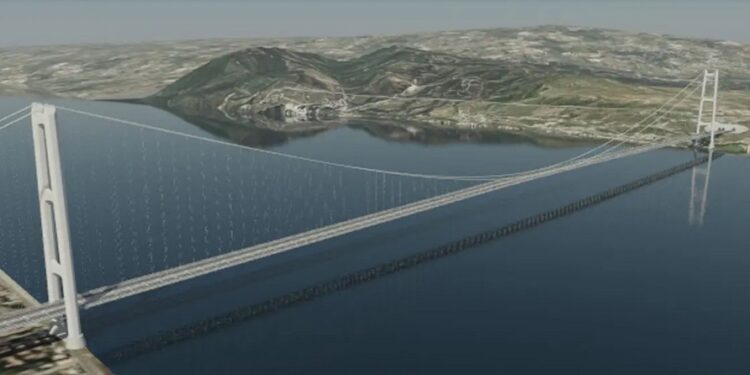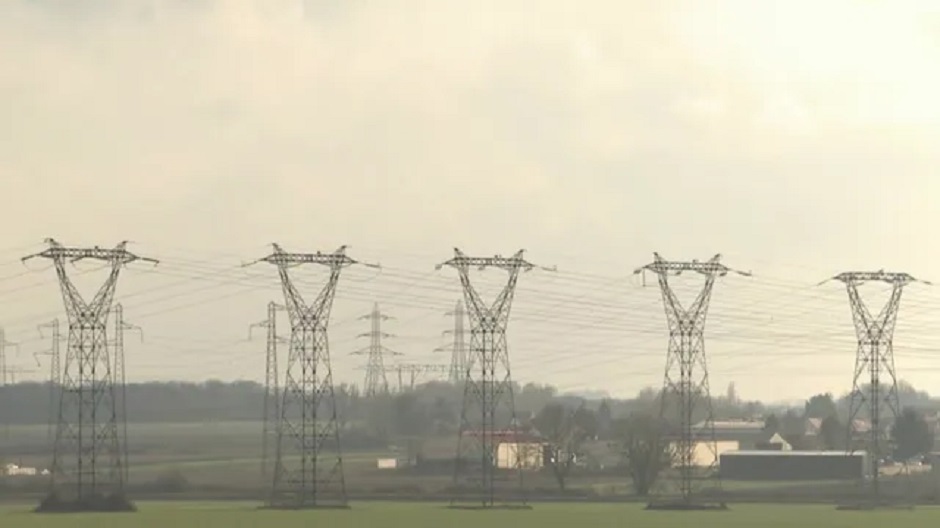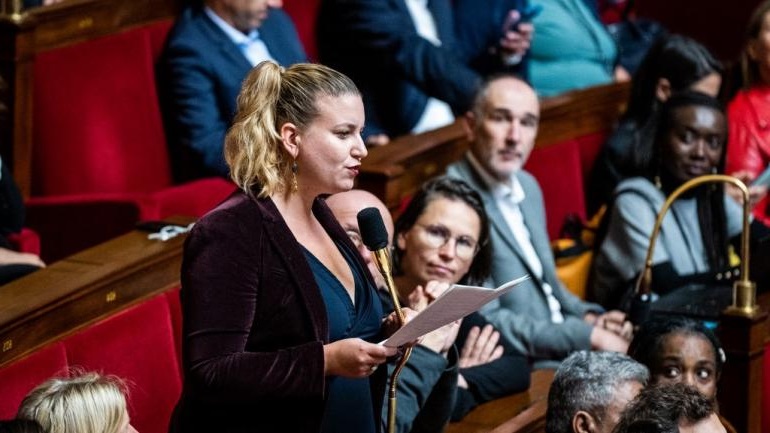Italy to Build Bridge to Sicily: A Dream Project or a Nightmare?
For decades, the dream of constructing a bridge connecting the Italian mainland to Sicily has lingered among certain political circles in Italy. In a groundbreaking announcement, Italy’s Minister of Transport, Matteo Salvini, has revealed that the long-anticipated construction permit for the bridge has finally been granted. He is confident that this project will ultimately define Italian infrastructure history. Alongside Prime Minister Georgia Meloni, Salvini has framed the bridge as a national prestige project.
A New Era for Connection
Since the inception of their government, various Italian bodies have gradually greenlighted the bridge construction. The most recent approval came from the panel responsible for funding national large-scale projects in Italy. This marks the project’s most significant advancement thus far.
“The bridge will serve as a catalyst for development and will address several problems in Southern Italy,” Salvini declared. He promised that the bridge will create jobs, attract skilled engineers to the region, and simplify transportation between Sicily and Calabria. These regions have long suffered from high unemployment rates and inadequate infrastructure, making them prime candidates for economic revitalization.
Local Concerns in Sicily
However, not everyone shares Salvini’s optimistic outlook. Gino Sturniolo, a resident of Messina, Sicily, is skeptical about the bridge bringing tangible benefits to his community. He argues that the funding allocated for the bridge could be better spent on more pressing issues in the region, such as the lack of reliable water supply. “At home, we sometimes only have water for a few hours because our pipes are so outdated. This money would be better invested in something fundamental like improving our water supply,” he contends.
Sturniolo is actively involved in the citizen initiative “No Ponte” — translated as “No to the Bridge.” Critics have consistently raised concerns about the bridge’s location in an earthquake-prone zone, its potential disruption to the Messina Strait’s ecosystem, and the argument that funds could be more effectively utilized for alternative regional projects.
A Long-Standing Debate
The discussion surrounding a bridge to Sicily is far from new. The first design competition for the project dates back to 1969, over 50 years ago. Former Prime Minister Silvio Berlusconi made several attempts to actualize the project, but successive governments shutdown proposals time and again.
Alongside the other criticisms, Sturniolo mentions an additional concern: “We fear that our region will become a massive construction site lasting for decades, hindering our ability to simply live here. In the end, vast amounts of public money could be wasted without yielding any results.”
Financial Implications
If Salvini has his way, this nightmare scenario will not materialize. The government has hinted at classifying the bridge as critical for national defense, elevating its status to a strategic infrastructure project — one that NATO might regard as significant as well.
Such a designation could unlock new funding avenues. With a projected cost of €13.5 billion, the bridge aims to include six highway lanes and two railway tracks. Such extensive planning underscores the large-scale nature of the endeavor.
Anticipations and Protests Ahead
Despite the project’s recent progression, Sturniolo remains surprisingly composed about the announcement that construction preparations are finally set to begin. He has been opposing the project for 25 years and has witnessed the cycle of promises: construction starts, then halts, only to restart again later. “It’s become a chronic issue for us, preventing progress and moving forward,” he said.
A significant demonstration is scheduled for this weekend in Messina, aiming to rally public support against the bridge initiative. Sturniolo is hopeful for a large turnout, underscoring the local opposition to the project. In stark contrast, Salvini boasts that initial construction could commence as early as September or October of this year.
Broader Implications of the Project
The bridge construction symbolizes more than just a physical connection between Sicily and the mainland; it embarks on a journey that reflects deeper social, economic, and ecological complexities in Italy. Proponents see it as an opportunity for revival and growth in historically neglected regions, while opponents voice concerns about environmental ramifications and potential long-term disruption to daily life.
In a nation with a rich history of infrastructure projects, this bridge will likely become a litmus test of how contemporary Italy balances ambitious development with community needs and ecological preservation. As Italy enters this new chapter, all eyes will remain on the evolving discourse around the Sicilian Bridge.
Conclusion
As the dream of the bridge to Sicily inches closer to reality, one cannot dismiss the various perspectives in play. The blend of hope and skepticism surrounding this project speaks volumes about Italy’s aspirations for the future. Whether this ambitious endeavor will ultimately unite or divide will depend significantly on the implementation process and responsiveness to local concerns. The coming days and months will reveal whether the bridge becomes a symbol of triumph or a source of prolonged contention.













